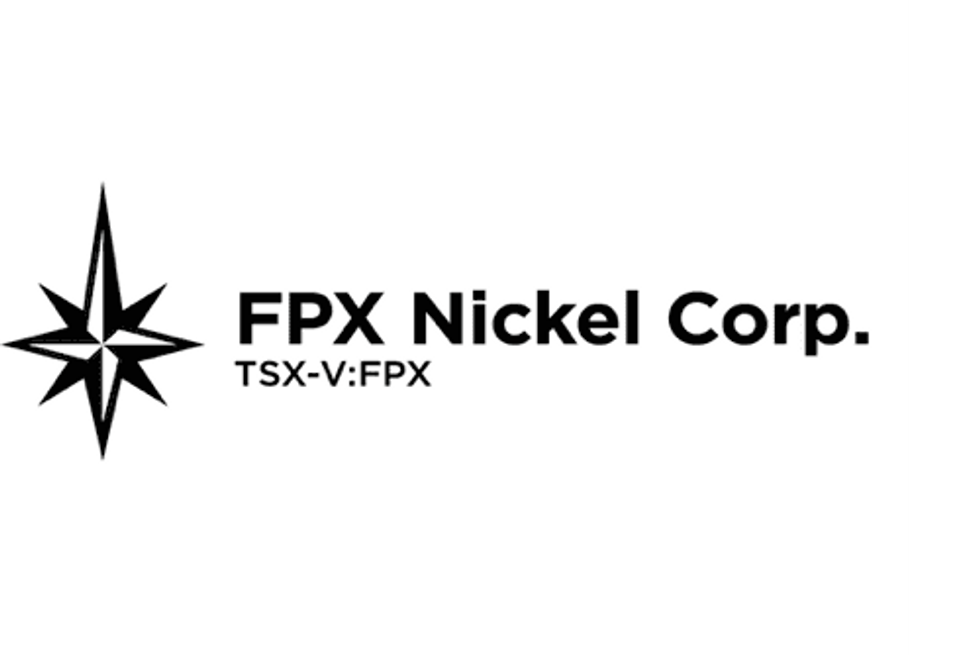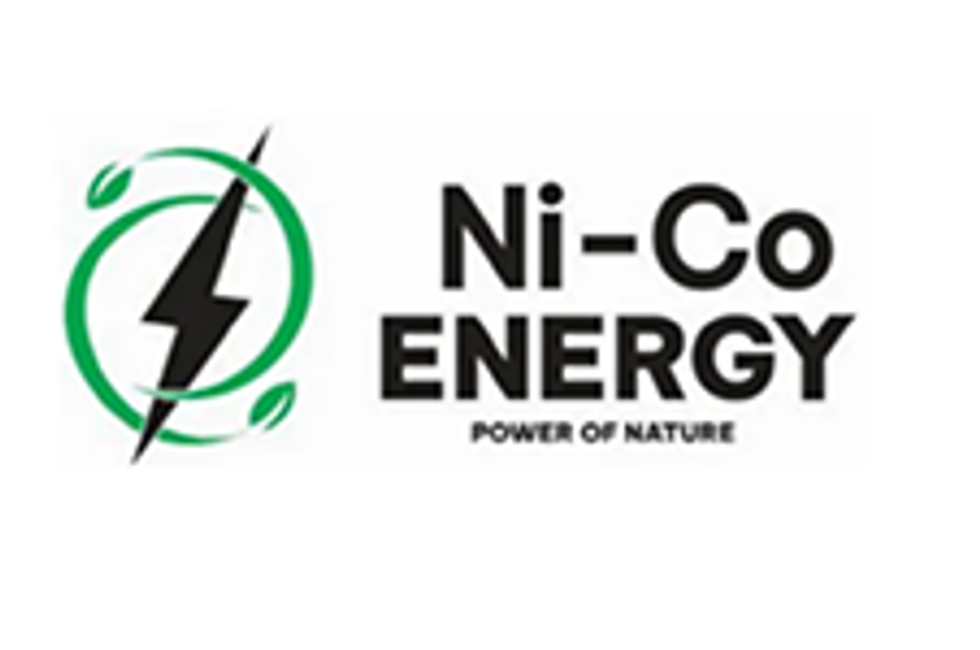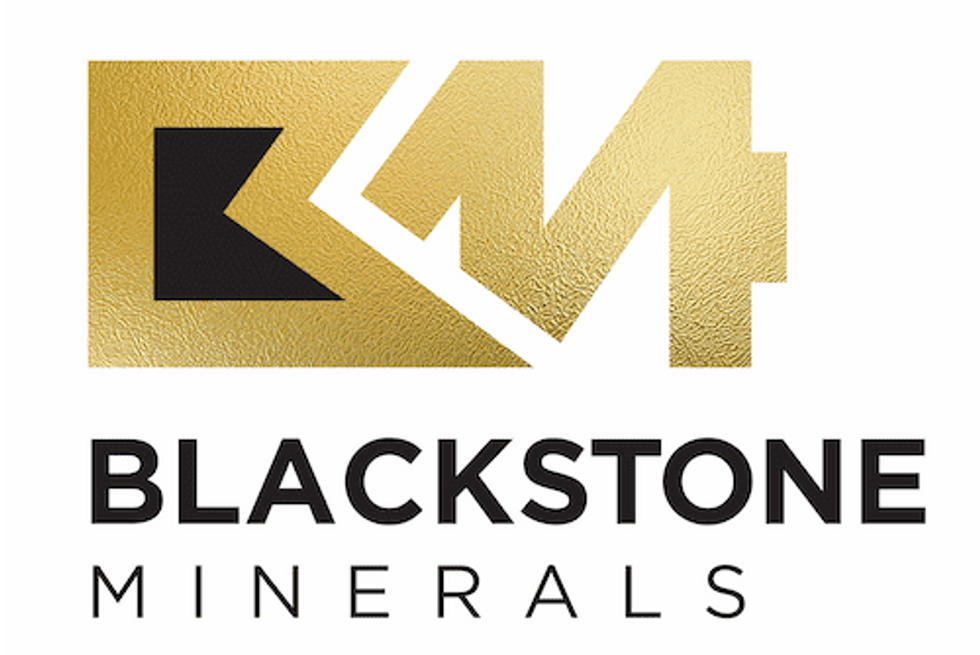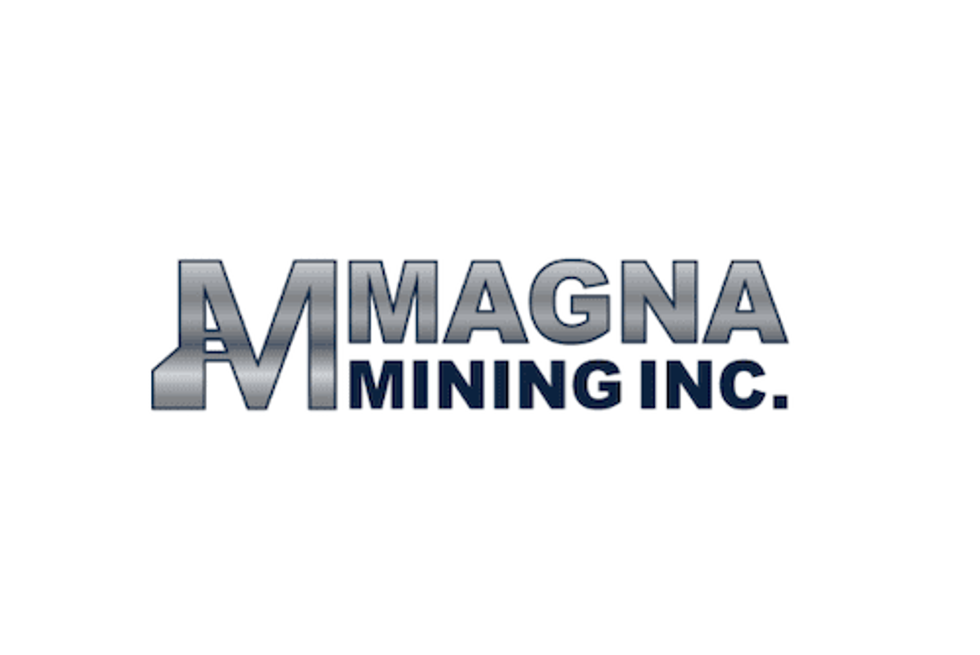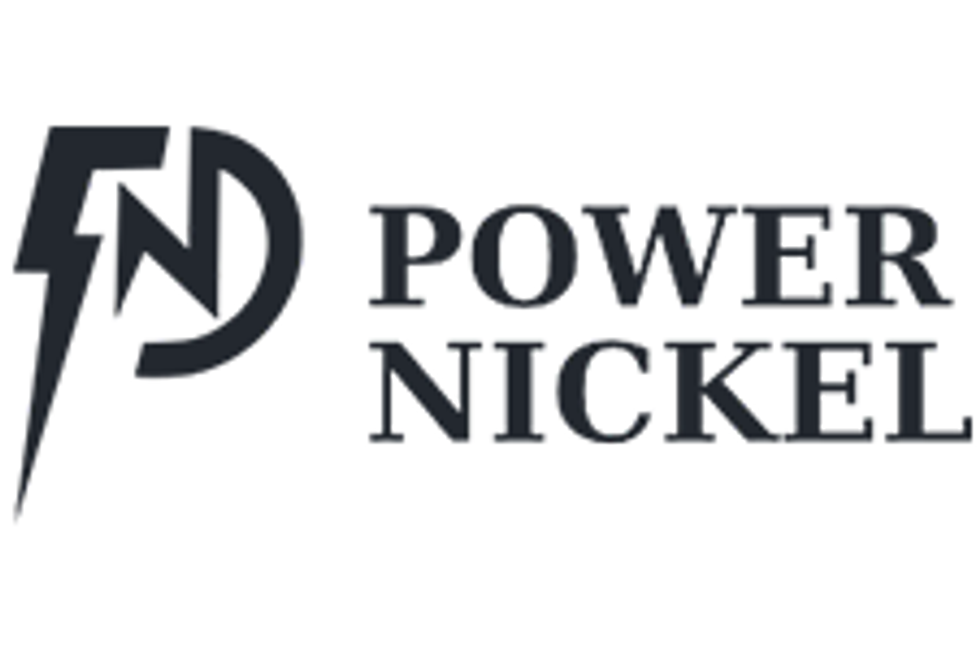Simon Moores: What to Expect at Tesla’s Battery Day and Beyond

Benchmark Mineral Intelligence Managing Director Simon Moores shares his thoughts on what investors can expect at Tesla’s Battery Day.
As Tesla’s (NASDAQ:TSLA) long-awaited Battery Day approaches, investors continue to look for cues as to what might be revealed, paying particular attention to news that may impact demand for battery raw materials such as lithium, cobalt and nickel.
Elon Musk’s company will livestream its battery-dedicated event on September 22, and his promise that it will be “one of the most exciting days in Tesla’s history” is setting the tone for the day.
Commenting on why Tesla’s Battery Day is a must-watch event for investors, Benchmark Mineral Intelligence Managing Director Simon Moores said the first thing investors need to understand is that lithium-ion batteries are the number one differentiating factor for electric vehicles (EVs).
“The investor focus to date has been on a blend of autopilot software and volumes of vehicles, but this Battery Day will show just how important the lithium-ion battery is,” he said.
“We don’t believe investors have yet priced in the importance of owning major battery capacity and truly understanding battery chemistry.”
For carmakers to achieve their ambitious EV goals in the next few years, they will need to be able to keep costs consistently below US$100/kWh. That can be achieved by controlling the production process and by managing price volatility for raw materials.
At Battery Day, Moores expects Tesla show how far it has come in understanding the lithium-ion battery.
Last year, Tesla acquired Maxwell Technologies, an ultracapacitor manufacturer and battery technology company, for over US$200 million, with many speculating on how Tesla will take advantage of the move.
“We expect they will showcase a new way of producing lithium-ion battery cells — and not just about integrating the Maxwell process,” Moores continued. “We anticipate further innovations on manufacturing in addition to this.”
Moores also expects Tesla to show it understands that keeping the cost of these cells below US$100/kWh is all about raw material management, especially lithium and nickel.
“Tesla introduced mind-boggling scale to the lithium-ion industry when it launched the Gigafactory plan back in 2014 and made it work against all industry expectations,” he said. “We are expecting similar-sized quantum leaps for the battery and EV industry on September 22.”
Benchmark Mineral Intelligence, which will host its own battery day on September 23 after Tesla’s event, expects the US-based company to unveil the first-ever American-made lithium-ion battery cell for an EV.
Commenting on battery capacity expansions, Moores said he certainly anticipates hearing about Tesla’s new production process, which includes the Maxwell acquisition and additional innovations in physical manufacturing and chemistry.
“I anticipate that Tesla will already have a large-scale pilot plant up and running in Fremont that will be bigger than many expect and commercial scale,” he said. “This will then be the blueprint for the Gigafactory in Austin, which we at Benchmark expect will scale to 55 GWh by 2029; however, Tesla will want to get to 70 GWh to 100 GWh by that point.”
But Tesla’s ambitions and future plans will not come to pass without hurdles.
“Raw material availability should raise the alarm bells for Tesla considering their rapid Gigafactory expansions in Berlin, Shanghai and Austin,” Moores said.
In fact, unlike when the Gigafactory 1 in Nevada started, there are now 167 more gigafactories or battery megafactories competing for the same raw materials, as per Benchmark Mineral Intelligence data.
“Tesla had the sway of power back then — raw material producers were scrambling for the Gigafactory contract as much for the kudos as it was the large-volume business,” Moores said. “Today, Tesla’s sway of industrial power has diminished somewhat, both with the competition of new battery plants being established and a lack of new raw material in the pipeline that will be available.”
For Moores, both quantity and quality of lithium, cobalt and nickel will be Tesla’s biggest hurdles to get right. Graphite anode and manganese will also come with their own sourcing challenges.
“There is no doubt now that regardless of how well Tesla’s vehicles continue to sell, raw material availability will be the primary slowing factor on the company scaling,” he said.
Don’t forget to follow us @INN_Resource for real-time updates!
Securities Disclosure: I, Priscila Barrera, hold no direct investment interest in any company mentioned in this article.
Editorial Disclosure: The Investing News Network does not guarantee the accuracy or thoroughness of the information reported in the interviews it conducts. The opinions expressed in these interviews do not reflect the opinions of the Investing News Network and do not constitute investment advice. All readers are encouraged to perform their own due diligence.
